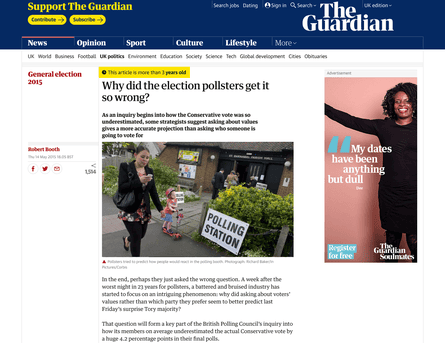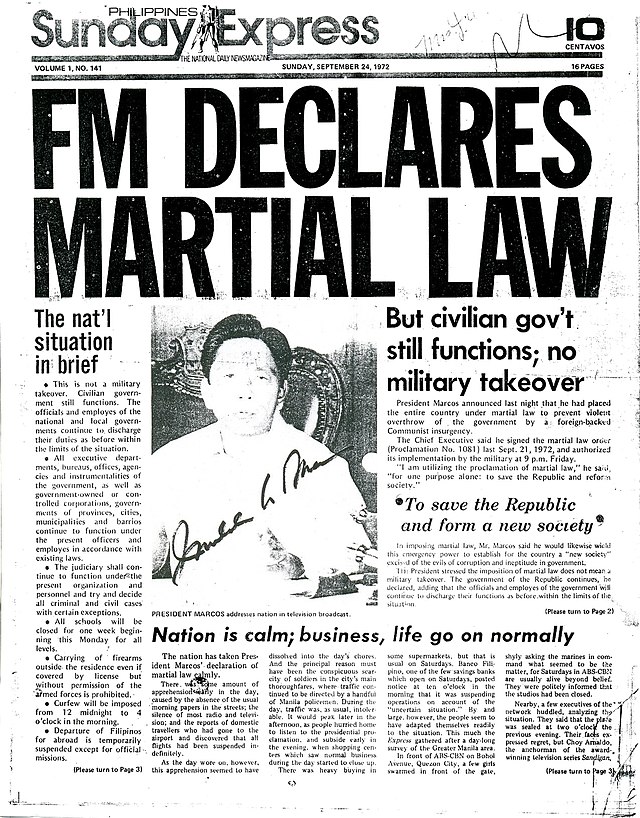Some Known Questions About News Articles.
Table of ContentsTop Guidelines Of News Articles6 Easy Facts About News Articles Shown10 Simple Techniques For News ArticlesNews Articles for BeginnersGetting The News Articles To Work
Great knowledge of various subjects provides pupils an one-upmanship over their peers. Although digital and social networks are conveniently easily accessible, we should not fail to remember just how essential it is to review the newspapers. Parents have to try and inculcate the behavior of reading a newspaper as a day-to-day routine to continue the heritage of the adored print medium.Information tales also include at least one of the complying with vital characteristics relative to the intended audience: distance, importance, timeliness, human rate of interest, strangeness, or effect.
Within these limits, news stories also aim to be comprehensive. However, other factors are involved, some stylistic and some originated from the media form. Amongst the bigger and a lot more recognized papers, justness and balance is a major consider presenting information. Discourse is generally constrained to a different section, though each paper may have a various general slant.
Newspapers with a worldwide audience, for instance, tend to make use of a much more formal design of composing. News Articles.; usual style overviews consist of the and the United States News Design Publication.
What Does News Articles Mean?
As a policy, reporters will certainly not make use of a long word when a short one will certainly do. They utilize subject-verb-object construction and dazzling, active prose (see Grammar). They provide narratives, instances and allegories, and they seldom rely on generalizations or abstract concepts. Information authors attempt to prevent utilizing the exact same word greater than as soon as in a paragraph (often called an "resemble" or "word mirror").
Nonetheless, headlines sometimes leave out the topic (e.g., "Jumps From Boat, Catches in Wheel") or verb (e.g., "Cat female fortunate"). A subhead (also subhed, sub-headline, subheading, caption, deck or dek) can be either a subservient title under the primary headline, or the heading of a subsection of the short article. It is a heading that comes before the primary text, or a group of paragraphs of the major text.

Additional signboards of any of these types might appear later on in the post (especially on succeeding pages) to tempt additional reading. Such signboards are also made use of as tips to the write-up in other areas of the publication or website, or as advertisements for the item in other publication or websites. Common framework with title, lead paragraph (summary in vibrant), other paragraphs (information) and contact info.

Instance of a hard-lead paragraph NASA is suggesting one more space project. The firm's spending plan demand, revealed Get More Information today, consisted of a plan to send out one more objective to the Moon. This time around the agency wishes to develop a lasting center as a jumping-off point for other room journeys. The budget plan requests approximately $10 billion for the task.
The NASA statement came as the agency asked for $10 billion of appropriations for the job. An "off-lead" is the second most vital front web page information of the day. The off-lead appears either in the top left edge, or directly listed below the lead on the right. To "bury the lead" is to start the short article with background info or details of second value to the readers, compeling them to find out more deeply into a write-up than they must have to in order to uncover the vital factors.
The 45-Second Trick For News Articles
Usual usage is that one or two sentences each create their own paragraph. Reporters generally define the organization or structure of a news story as an inverted pyramid. The crucial and most interesting elements of a story are Continue put at the beginning, with supporting information complying with in order of reducing relevance.
It permits individuals to discover a subject to just the deepness that their inquisitiveness takes them, and without the charge of information or subtleties that they can take into consideration unnecessary, yet still making that details readily available to extra interested viewers. The upside down pyramid framework likewise allows posts to be trimmed to any type of arbitrary length look at this site throughout format, to suit the area offered.
Some writers start their tales with the "1-2-3 lead", yet there are several type of lead offered. This layout invariably begins with a "Five Ws" opening up paragraph (as defined over), complied with by an indirect quote that offers to sustain a significant aspect of the first paragraph, and after that a direct quote to support the indirect quote. [] A twist can describe multiple points: The last story current program; a "satisfied" tale to end the show.
Longer write-ups, such as magazine cover write-ups and the pieces that lead the within areas of a newspaper, are understood as. Feature tales vary from straight news in numerous methods.
News Articles for Beginners
A function's very first paragraphs usually connect an intriguing moment or event, as in an "anecdotal lead". From the particulars of a person or episode, its sight quickly broadens to generalities about the story's subject.

The Editor's Tool kit: A Recommendation Overview for Beginners and Professionals (2001) Allan M. Siegal and William G. Connolly. The New York Times Guidebook of Style and Use: The Official Design Guide Utilized by the Writers and Editors of the Globe's A lot of Reliable Newspaper (2002) M. L. Stein, Susan Paterno, and R.
Comments on “The Basic Principles Of News Articles”